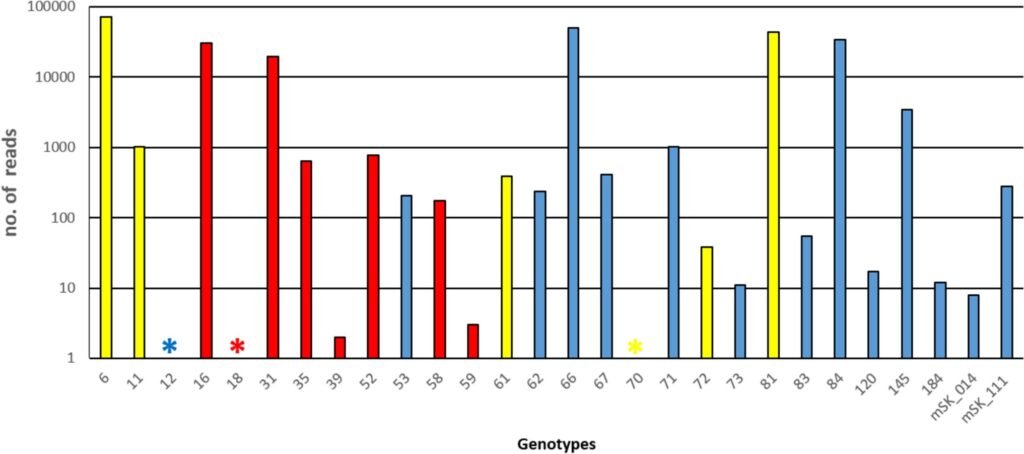The discovery of HPV genotypes in urban wastewater in Uruguay has opened up new possibilities for disease prevention efforts. Published in the journal Food and Environmental Virology, the research suggests that monitoring wastewater could provide valuable information about diseases in low- and middle-income countries where epidemiological data is lacking.
HPV is known to be the leading cause of cervical cancer, with 99% of cases being attributed to the virus. Unfortunately, low- and middle-income countries have the highest prevalence of cervical cancer and the highest mortality rates associated with it. This makes understanding and monitoring HPV crucial for public health efforts.
Fernando Spilki, a virologist at Feevale University, emphasizes the importance of environmental monitoring of viruses like HPV as a way to gain insight into population health even before clinical cases are observed. By studying wastewater, researchers can gather information about the presence of disease-causing organisms that are excreted through bodily fluids.
The presence of HPV in wastewater can be attributed to activities such as skin washing, urination, and defecation. Since HPV is primarily transmitted through sexual contact, traces of the virus can be found in wastewater as a result of these activities. This highlights the potential of wastewater monitoring as a non-invasive method of detecting and tracking diseases like HPV.
The researchers behind this study hope that their findings will encourage more epidemiological studies and prevention strategies for cervical cancer and other cancers linked to HPV. By utilizing wastewater as a source of information, public health officials can gain valuable insights into the prevalence of diseases within a population and tailor their prevention efforts accordingly.
Overall, the discovery of HPV genotypes in urban wastewater marks a significant step forward in disease surveillance and prevention. By leveraging this innovative approach, researchers can better understand the spread of diseases like HPV and work towards reducing the burden of associated cancers on global health.
However, the pandemic highlighted the importance of wastewater-based epidemiology for monitoring infectious diseases. The study on HPV genotypes in wastewater in Salto, Uruguay, provides valuable insights into the prevalence and distribution of the virus in the population.
DNA analysis of wastewater samples can serve as a cost-effective and non-invasive method for monitoring HPV circulation in a community. By detecting the presence of high-risk genotypes such as 16 and 18, researchers can assess the risk of cervical cancer in the population and evaluate the effectiveness of vaccination programs.
The study’s findings suggest a strong correlation between genotypes found in wastewater samples and those detected in clinical samples, highlighting the potential of this approach for HPV surveillance. The high concordance of genotypes between the two sample types indicates the reliability of wastewater analysis for monitoring HPV circulation.
With the implementation of HPV vaccination programs in Uruguay, the study anticipates a decrease in the frequency and quantity of high-risk genotypes in the population. Vaccination coverage for girls and boys under 15 is already at promising levels, indicating a positive impact on HPV prevalence in the future.
Researchers emphasize the need for continued monitoring and surveillance of HPV genotypes to assess the long-term impact of vaccination programs and identify any emerging trends in virus circulation. By leveraging wastewater-based epidemiology, public health authorities can gather valuable data on HPV prevalence and inform targeted interventions to reduce the burden of cervical cancer.
Overall, the study in Salto, Uruguay, underscores the importance of innovative approaches to disease surveillance and highlights the potential of wastewater analysis for monitoring HPV and other infectious diseases in the population. As researchers continue to explore the applications of DNA analysis in public health, we can expect more insights into the dynamics of infectious diseases and improved strategies for disease prevention and control.


